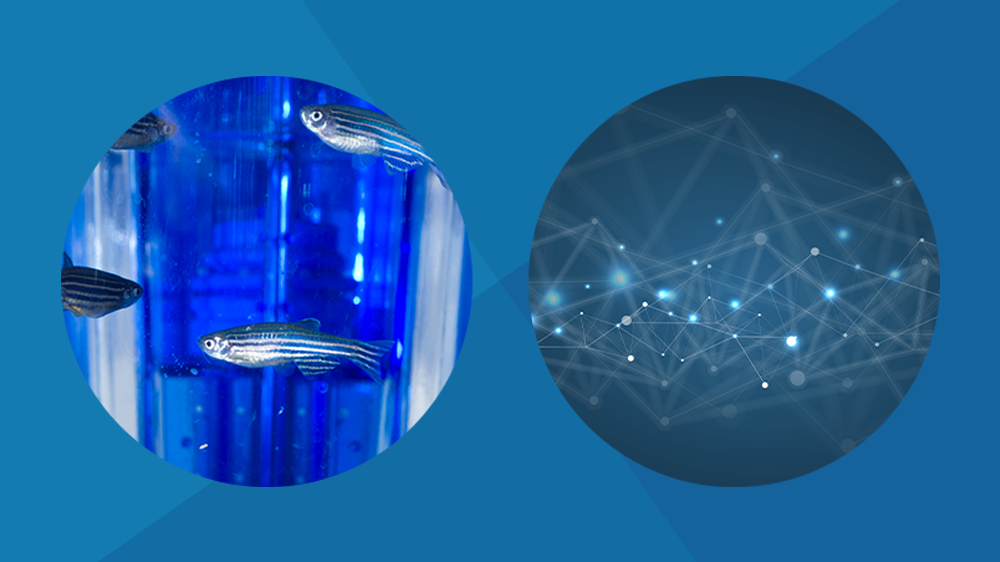We have recently committed over £2.8M to six new project grants supporting the development of new 3Rs approaches and technologies.
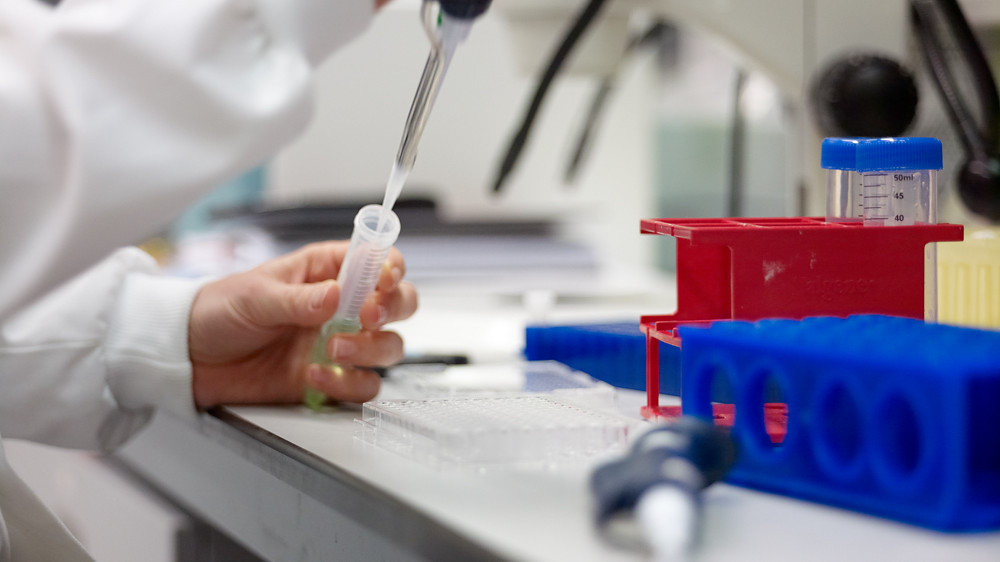
We have recently committed over £2.8M to six new project grants supporting the development of new 3Rs approaches and technologies.

Funding of £1.2M is available through this year’s CRACK IT Challenges competition. The two Challenges encompass animal use in the key areas of endocrine disruption and CAR-T cell therapy.
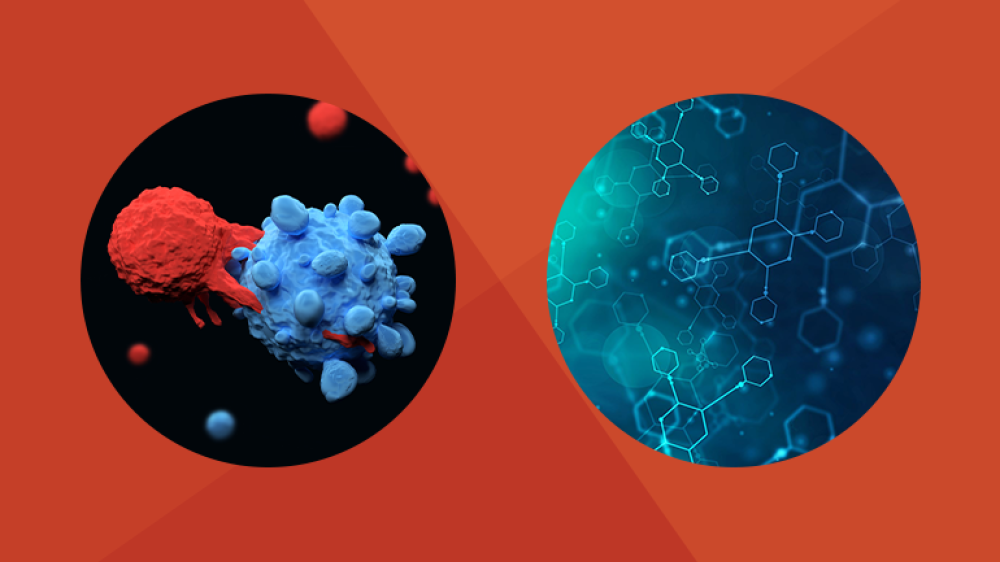
Increased focused on replacement technologies as well as championing high standards in animal research.

An alternative technology making organ-on-a-chip systems more accessible to labs worldwide has won the 3Rs Prize, awarded by NC3Rs and co-funded by GSK.
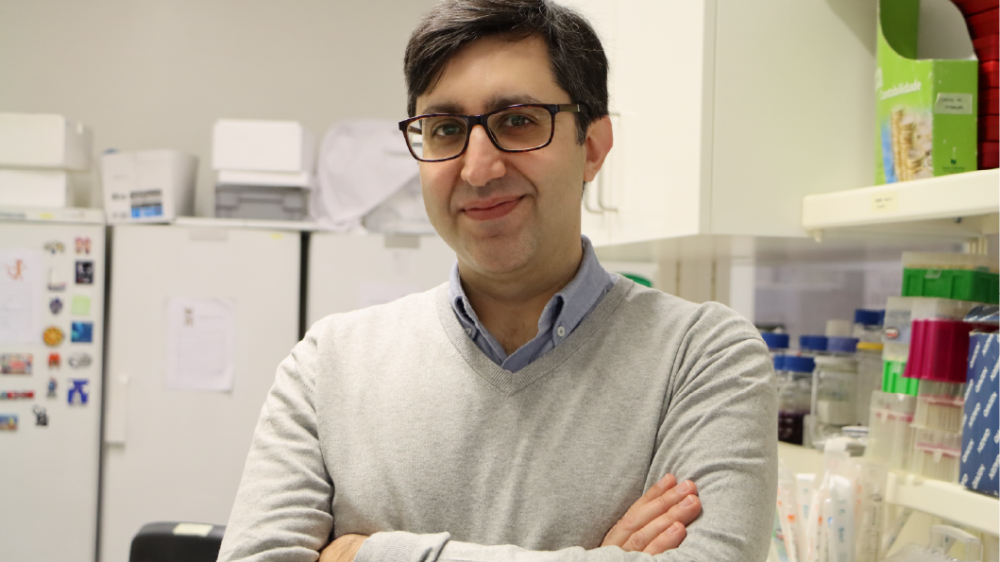
We have now funded over 30 awards through the Skills and Knowledge Transfer scheme helping to facilitate the uptake of new 3Rs tools, models and technologies.
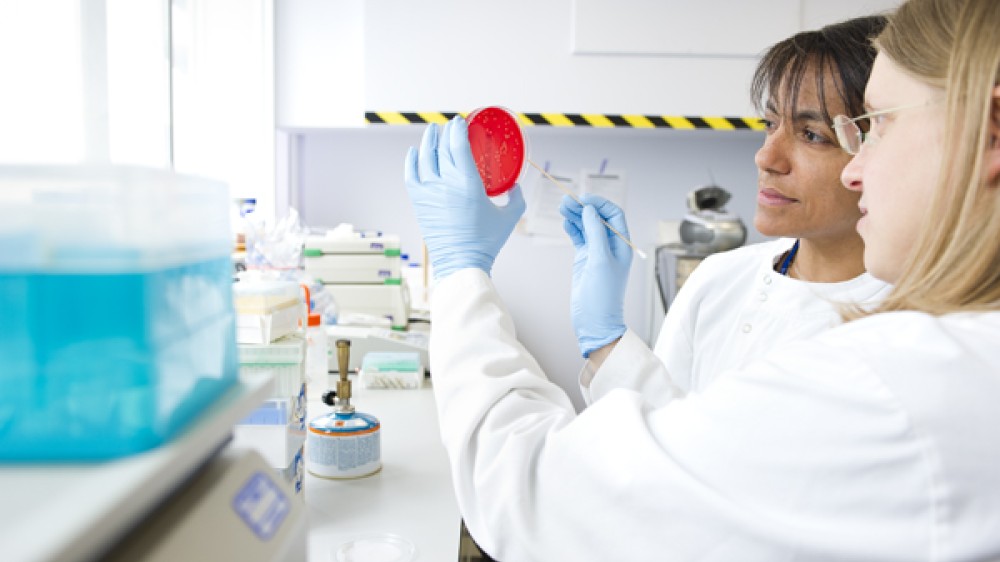
A total of £4M will be available to fund alternatives to in vivo models in bioscience research.
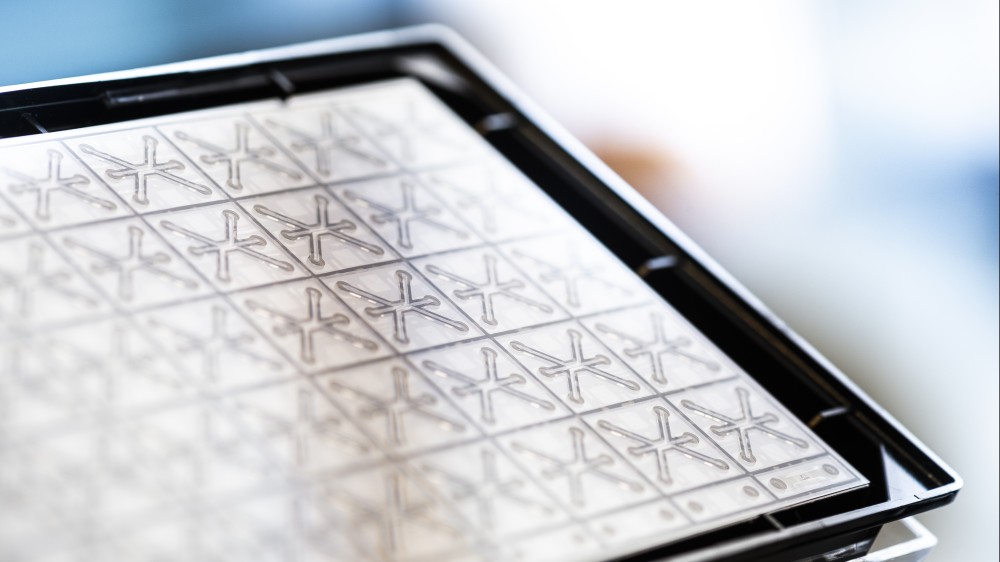
Supporting early career researchers with funding for disseminating their 3Rs research.
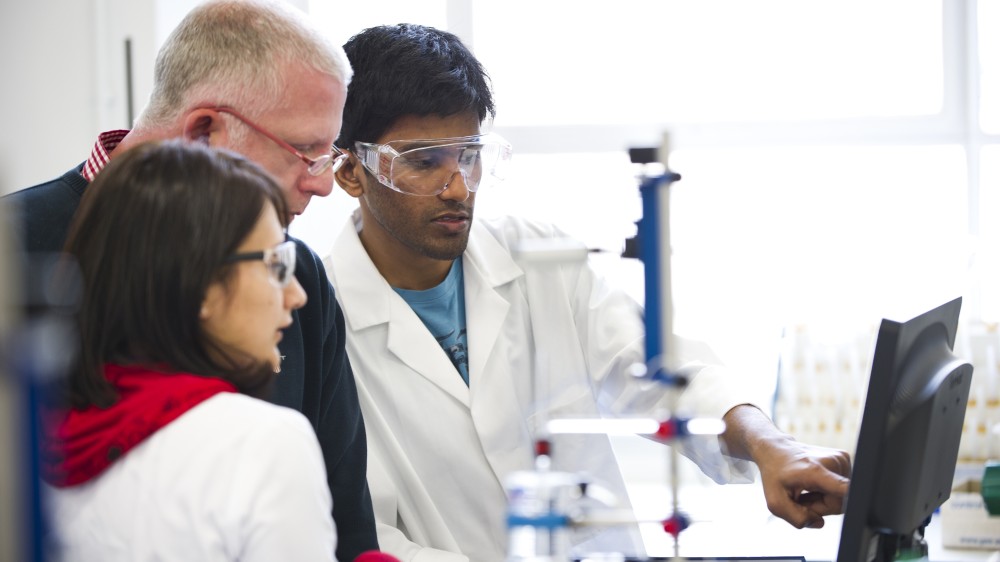
NC3Rs-funded research could replace mice in tropical disease research.
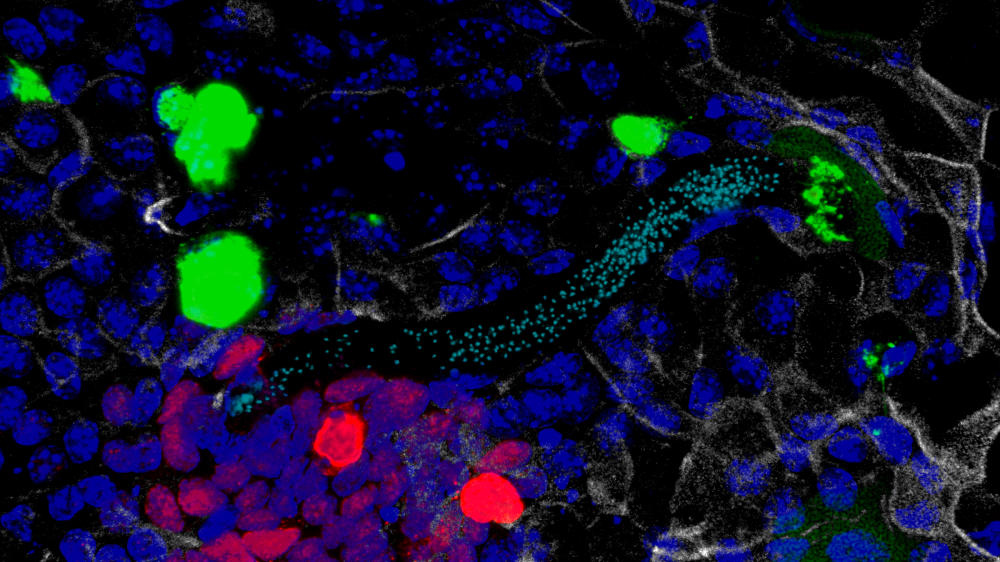
A new paper reports the top welfare indicators for laboratory macaques and marmosets and presents a protocol for welfare assessment of macaques.
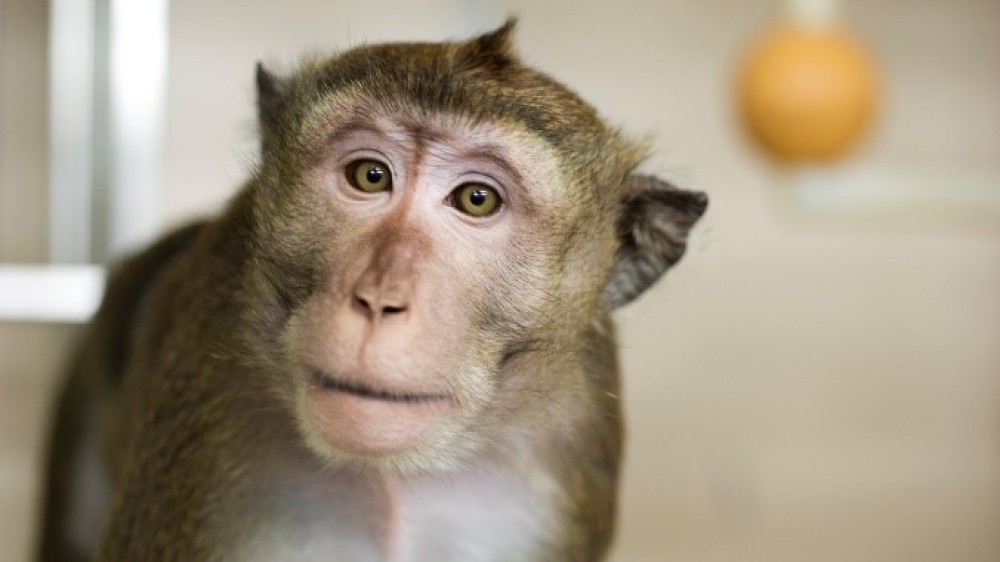
A new paper demonstrates the positive welfare effects of rat playpens.
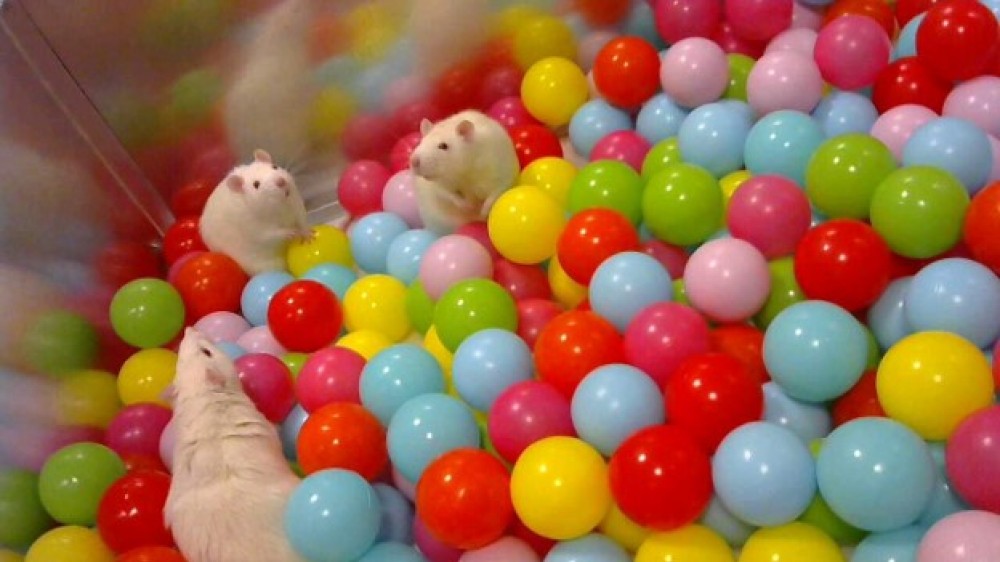
We recommend that all NC3Rs grant holders and stakeholders deposit their cells with The European Bank for induced pluripotent Stem Cells (EBiSC).
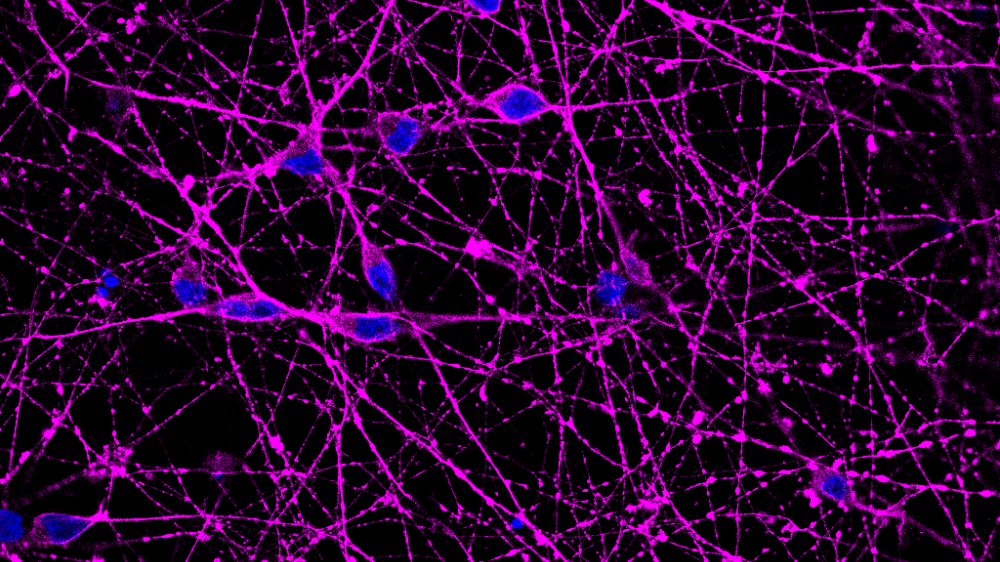
We have awarded over £0.5M to four talented 3Rs‑minded early career researchers to support their career development.
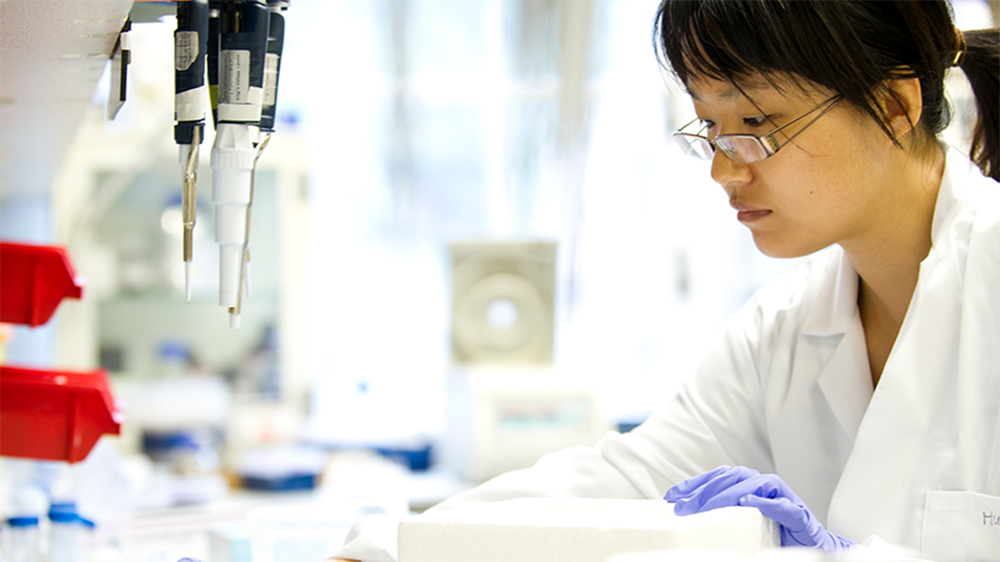
Learn more about this opportunity to have your research globally recognised.
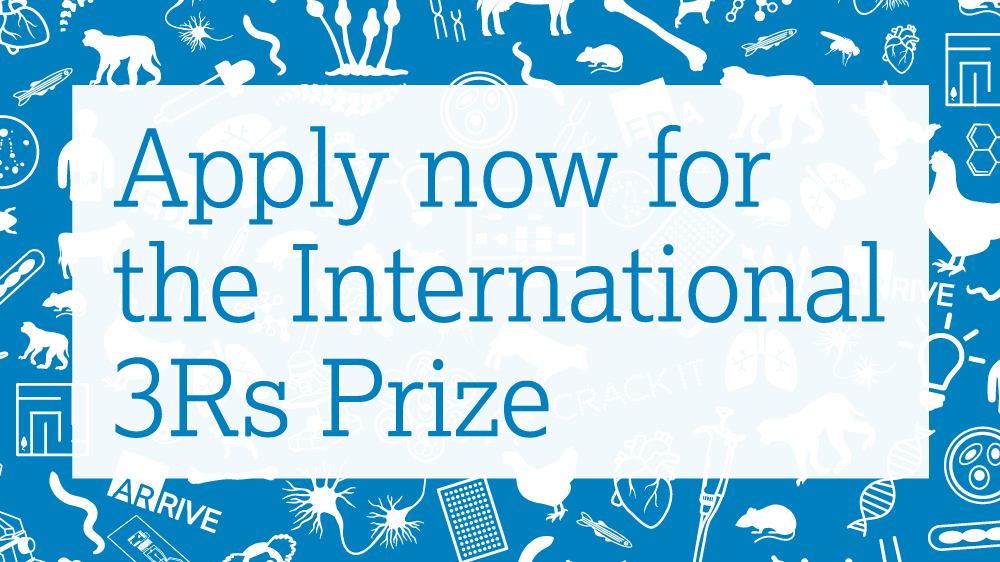
A Dictyostelium-based screening method developed by Professor Robin SB Williams reduces animal use in drug discovery.
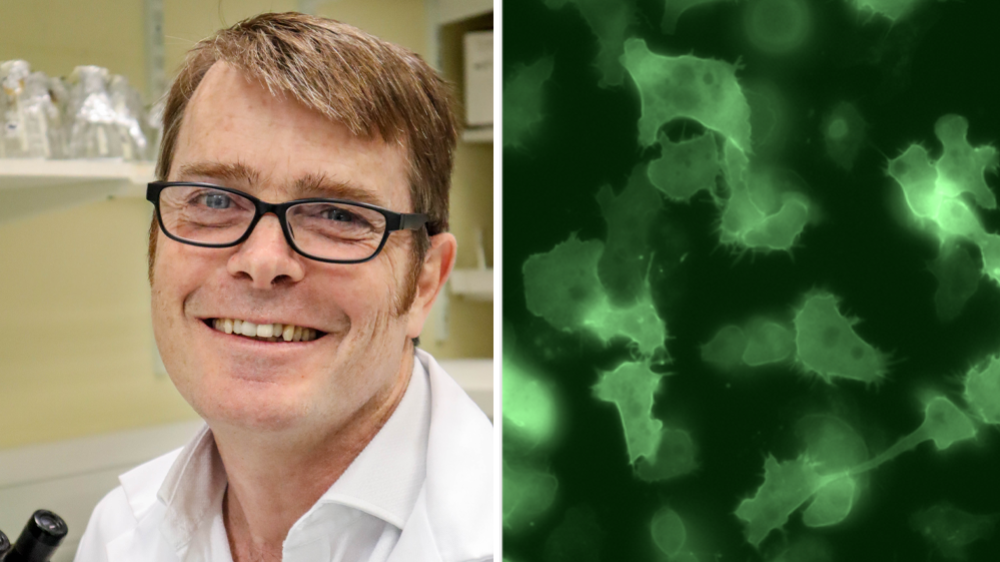
Our website has undergone a major refresh, helping you to easily find the most relevant information for you and your role.
Our latest round of funding brings the total number of Studentships supported to over 150 since the scheme began in 2009.
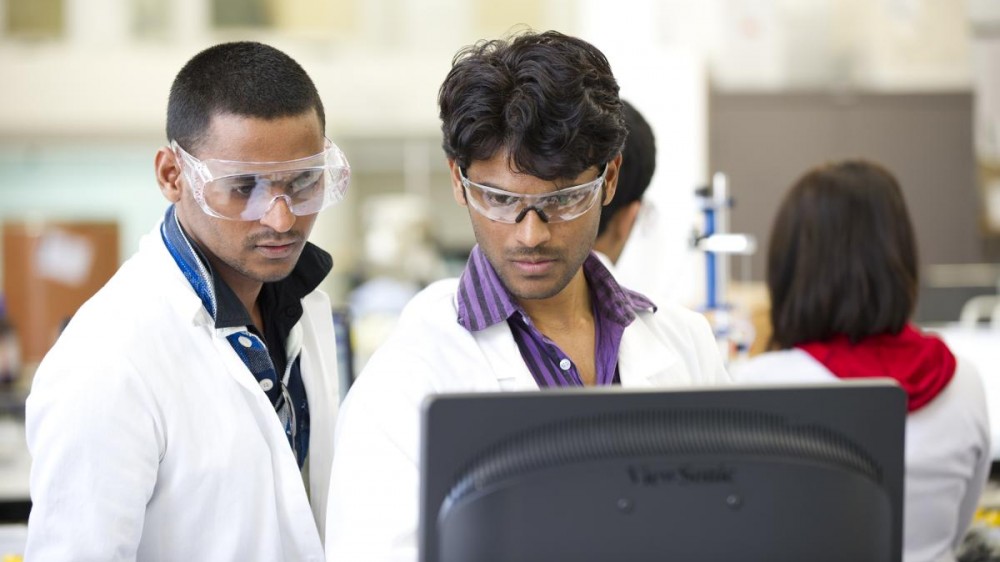
We have published a new report to support research organisations to recognise 3Rs opportunities and take action.
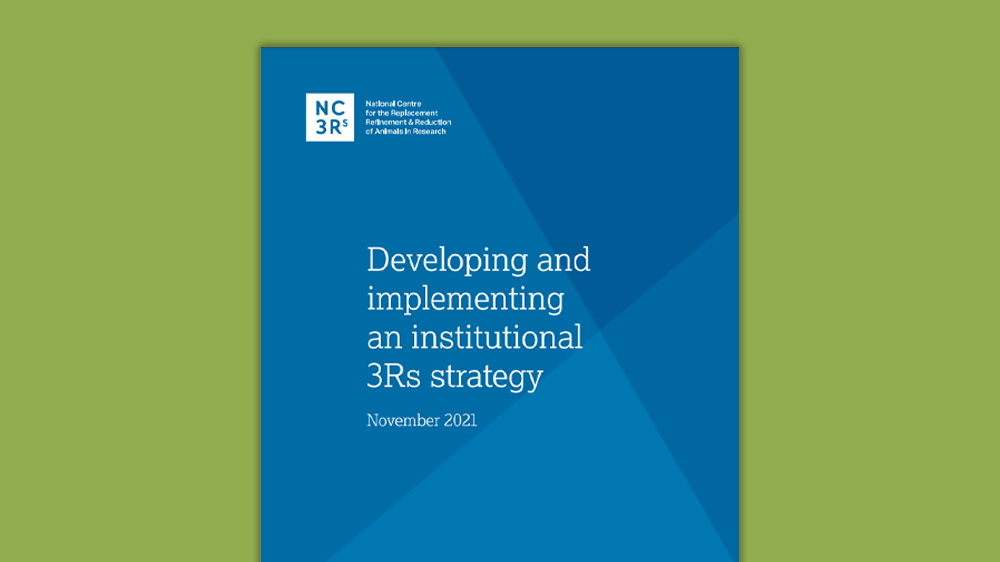
We are pleased to announce seven new Project grants awarded to advance the 3Rs in diverse fields.
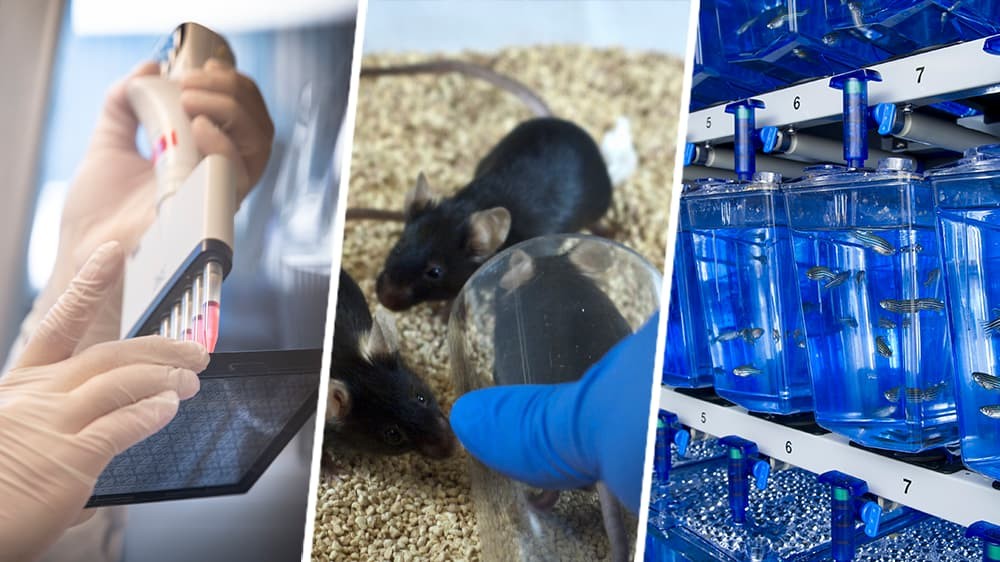
A paper co-authored by the NC3Rs and MHRA clarifies the regulatory position.
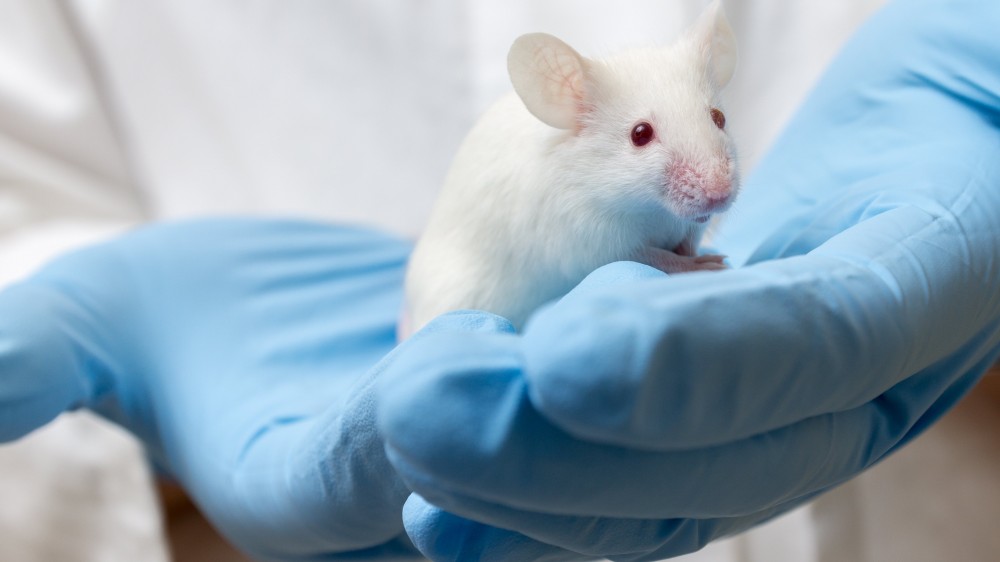
Funding to apply the 3Rs to key areas of animal use in toxicology and environmental risk assessment.
